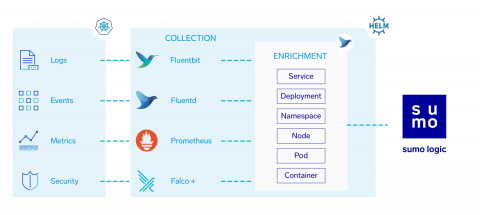What is Defense in Depth?
Defense in depth is a cyber security strategy that uses a series of layered, redundant defensive measures to protect sensitive data, personally identifiable information (PII) and information technology assets. If one security control fails, the next security layer thwarts the potential cyber attack. This multi-layered approach reduces the cyber threat of a particular vulnerability exploit being successful, improving the security of the system as a whole and greatly reducing cybersecurity risk.








